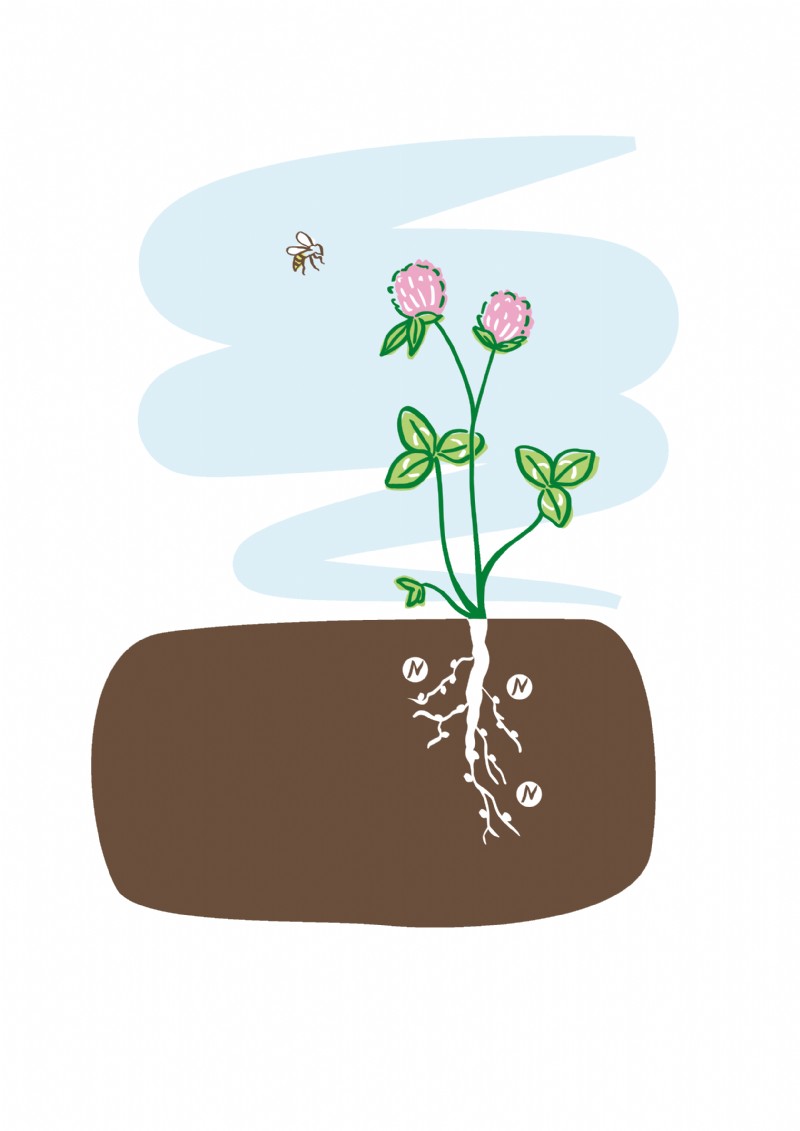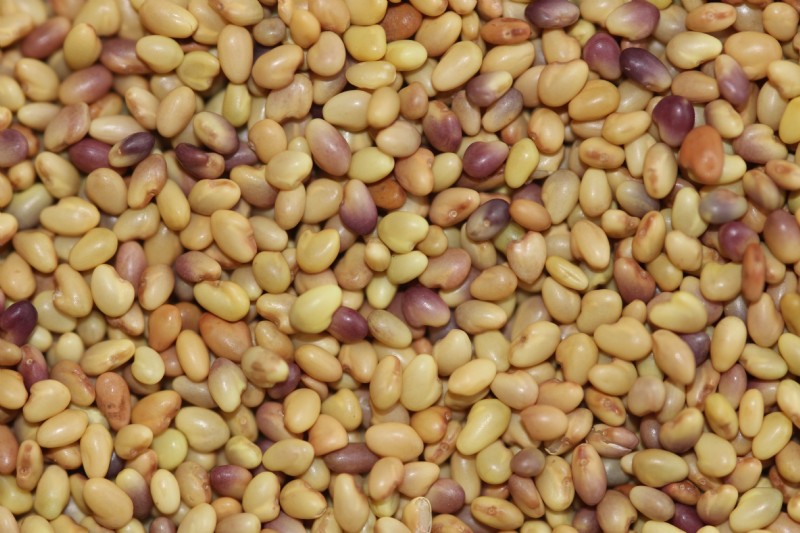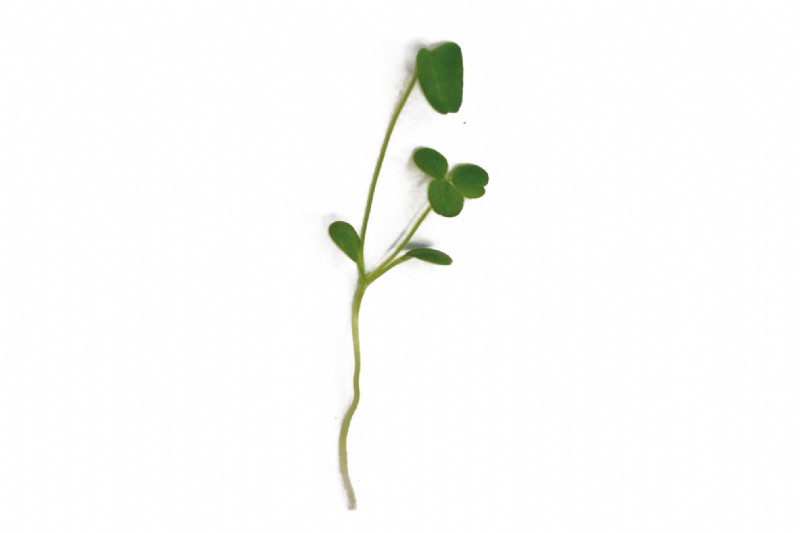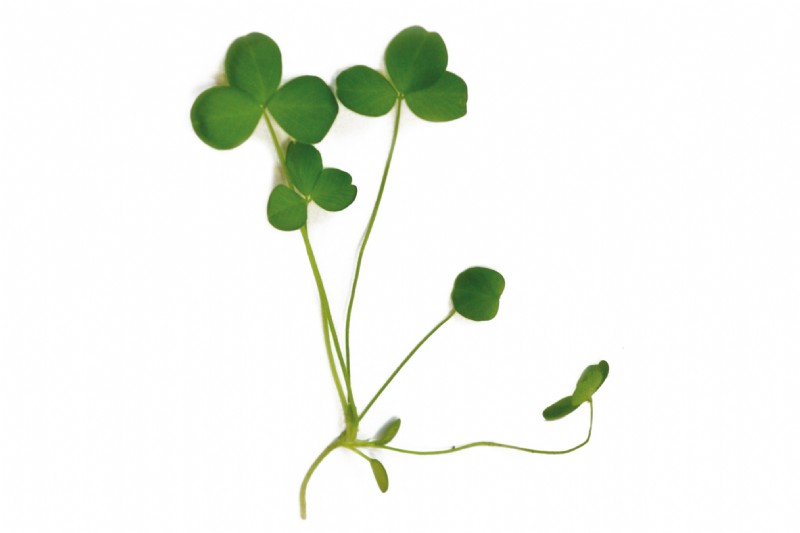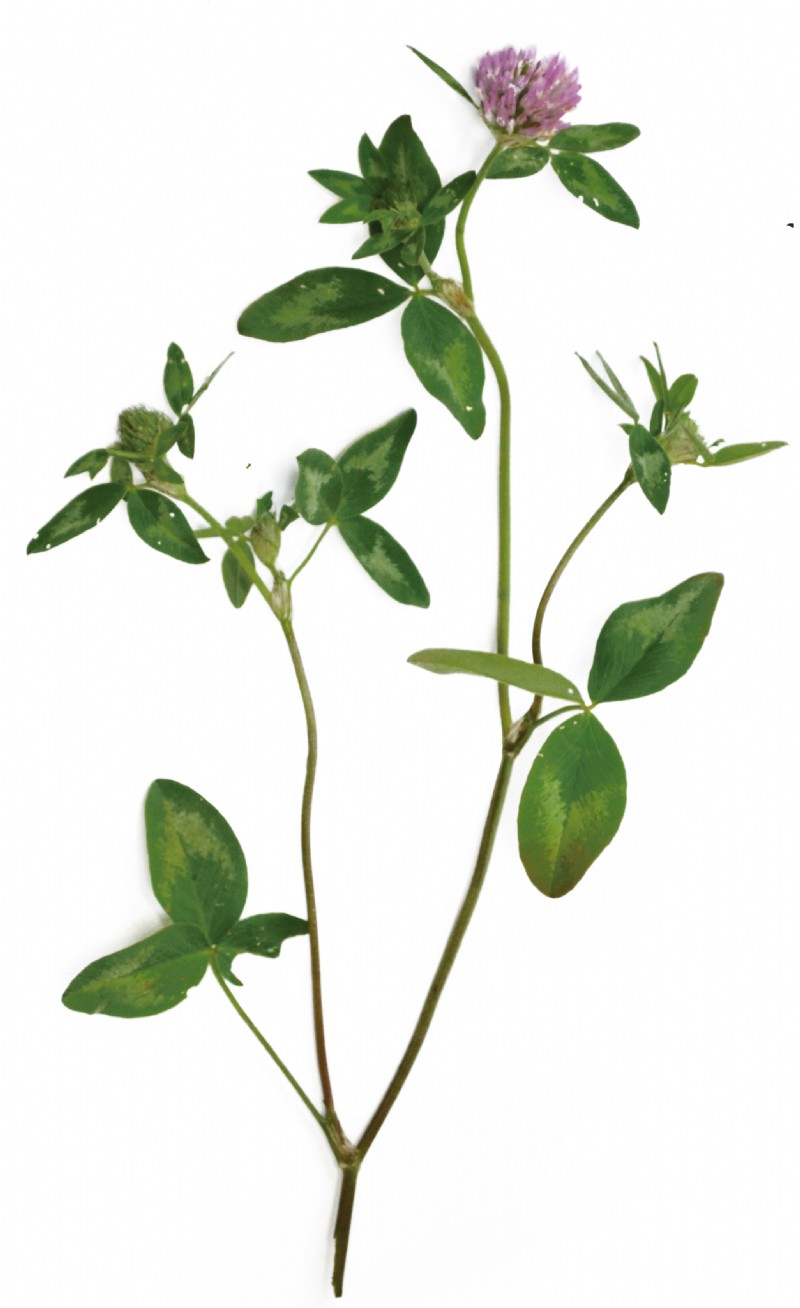Red Clover
Red clover is one of the most popularly used true clovers in the UK. Once established it’s capable of rapid growth and shows reasonably good persistence up to three years, although ongoing breeding work is being carried out to increase plant persistence. The highest yielding strains of red clover are called 'double cut' varieties, normally providing quick regrowth after cutting and several flushes or cuts per season. The 'single cut' strains of red clover, notably the variety altaswede provide one large cut per season, flowering approximately 2-3 weeks later than the 'double cut' strains.
Uses
Used for silage and aftermath grazing in the autumn. It can also be used as a soil improving green manure.
Persistence
The crop should persist for 2 - 3 years, It is survival of the plant crowns that determine the longevity of the crop, so good management is essential. These gradually deteriorate over time, becoming diseased, damaged by cutting, trafficking, or trampling by livestock. The Swiss variety milvus has been bred to last up to 4 years in the field, and work continues in other breeding programmes to improve on this further.
Strengths
More palatable and digestible than pure grass forage, is one reason why livestock perform well when fed clover. It provides a home-grown source of protein and more forage intake with a high protein content leads to greater live weight gain and milk yields. Fixes nitrogen and when grown in forage leys offers a cheap alternative to nitrogen fertiliser. It also provides a very good soil improving break crop in arable rotations, with a particularly strong tap root for improving soil structure.
Frost Tolerance
The plant overwinters as crowns. This structure should be tolerant of all but the most severe frosts.
Yield
5 - 6t DM per ha.
Sowing Rate Advice
6kg per acre - 15kg per ha.
Clover seed is small and should be broadcast or drilled a shallow depth (not more than 10mm). Sowing too deep will reduce the germination dramatically. The soil should be rolled after sowing to increase soil moisture contact with the seed.
Mixture Sowing Rate Advice
3kg per acre - 7.5kg per ha.
Sowing at these rates in a mixture with aggressive ryegrass will equate to approximately 50/50 grass and clover plants in the sward, ideal for a high protein silage mixture.
Ideal Sowing Time
March-May is the ideal time for sowing in the spring. It will germinate in the summer only if there is sufficient moisture in the soil. Mid to late August is the best time for an autumn sowing. Establishment is less likely to be reliable if sowing extends too far into September.
Management
Red clover should be cut regularly when it reaches a height of 30cm. The first cut may be before this if there is a severe weed problem. On a dry sandy soil, it may only need cutting twice in the season. Conversely on a fertile soil in a warm wet summer, it may need cutting as frequently as once every ten days. Red clover is more susceptible than other species to the soil borne disease Sclerotinia trifolium and the stem nematode, Ditylenchus dipsaci, responsible for the widespread clover sickness in the 1970s and 80s. For this reason, there should be a four year gap between the red clover crops. Other fertility building crops such as white clover can be used as an alternative. Although not the most rapid to establish, red clover generally competes will against weeds. Once established, it produces large amounts of biomass that smother weeds. It also grows back rapidly after cutting, which is important in out-competing weeds.
Distinguishing characteristics
Seed
This is a rounded, kidney shaped seed. It varies in colour from dark brown to yellowish, green. It is dull in colour with a smooth texture and is approximately 2-3mm in length. It is a larger seed than white clover.
Seedling
The seedling develops two oblong cotyledons, on short, stout stalks. The cotyledons are nearly as wide as they are long and the first true leaf is situated on a stipule with a minute hairy covering.
Flowering Plant
A green to dark green legume.
The trifoliate shaped leaves are on short stalks, each leaflet has its own very short petiole.
Each of the leaflets are oval in shape, with a pale almost inverted crescent on the upper surface. The margin of the leaf is not toothed, unlike other clovers.
The plant may be hairy, or now and again non hairy. The stems are hollow in their structure.
The inflorescence can vary in colour from red to pink and very occasionally white.
The root has a pronounced, strong taproot, with finer lateral branches on either side, the aerial part of the plant grows from a crown slightly above the soil surface.
Additional Info
Average seeds per kg - 560,000. Average protein content 19%. Bloat can be an issue if grazing red clover swards, especially in cattle. The high oestrogen content of the plant can cause issues when fed to breeding stock during tupping or serving. Pure stands of red clover can yield approximately a third less than a grass and clover mixture.
Works well with
Red clover can be grown with short term aggressive ryegrass like westerwold, Italian and hybrid ryegrass in high yielding silage mixtures. It may also be a constituent of longer term drought resistant mixtures with species like cocksfoot, however it will normally disappear from the sward over time. Red clover is aggressive enough to be over-sown into existing swards to boost protein levels and/or drought resistance. Important guidelines should be followed when over seeding to get the most reliable result.You can find Red Clover in the following mixtures
- ‘Short Term’ Red Clover Ley One-Two Year Mixture
- Longer Term Red Clover 4 Year Ley
- Red Clover Ley Four Year Mixture 70% ORGANIC
- Fertility Builder: One-Two Year Mixture
- Fertility Builder One-Two Year Mixture 70% ORGANIC
- ‘CHOLDERTON’ Mix Four Year Plus Grazing/Cutting Ley
- ‘CHOLDERTON’ Mix Four Year Plus Grazing/Cutting Ley 70% ORGANIC
- Humus Builder Soil Structure Improver Two-Four Year Mixture
- Humus Builder 2-4 Yr 70% ORGANIC
- Drought Tolerant Over-Seeding Mixture 4-5 Year
- Light Land Operation Pollinator Just Legumes 70% ORGANIC
- Operation Pollinator Mix (AHL1/CAHL1/AB1)
- Light Land Legume & Herb Rich Sward (GS4/SAM3/CSAM3)
- Light Land Legume & Herb Rich Sward (OP4/SAM3) 70% Organic
- Heavy Land Legume & Herb Rich Sward (GS4/SAM3/CSAM3)
- Heavy Land Legume & Herb Rich Sward (OP4/SAM3) 70% Organic
- Short-term Fallow Mix (NUM3) 70% Organic
- Diverse Over-Seed Heavy Land or Cutting Mix (CSAM3/SAM3)
- Diverse Over-Seed Heavy Land/ Cutting Mix 70% Organic
- Herbal Over-Seeding Mixture (CSAM3/SAM3)
- Herbal Over-Seeding Mixture 70% Organic
History
First introduced to England in the 1600s and later to the united states in the 1790s.


